gc strategies - ensuring planarity with sheared cones
here’s another strategies tutorial, there is a pdf and gct that’s more beautifully formatted over at GCuser.com in the gallery.
This is about making flat quad panels using sheared cones.
For those of us in Melbourne, there is a particularly horrific example of this in Melbourne central. if you look carefully, you can see the module size split halfway up when the panels get too small.
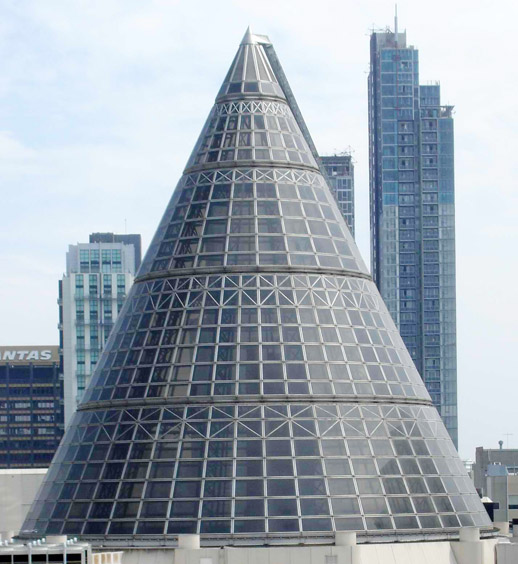
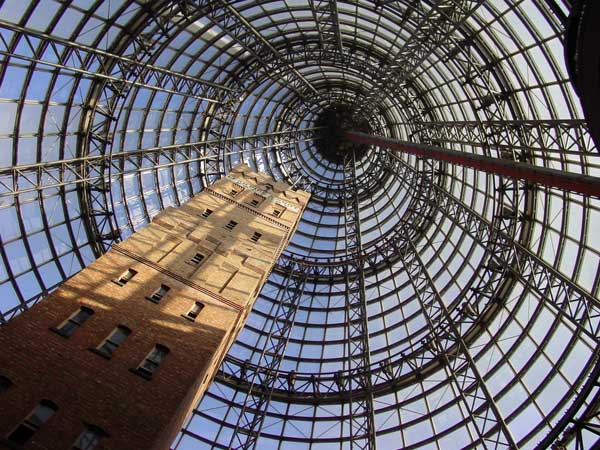
The default solution to panelling anything is to do it in triangles. Any surface can be tiled in triangles. Any three points in space define a triangle, and also a plane.
Quadrilateral panels are a bit trickier as there are only a certain number of ways of making a surface be predictably tillable using four sided shapes.
The way outlined here is the sheared cones method.
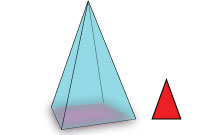 |
Given that all triangles are planar, and subdivision of that triangle is guaranteed to be planar too. If the base of a cone is chopped so that it has flat sides then the sides of the cone become triangles. |
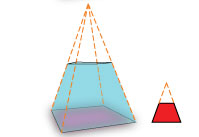 |
If we then slice the top off the cone, parallel to the base, then the remaining sections of panel are still going to be flat. |
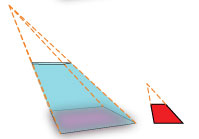 |
As counter intuitive as it initially feels, if we move the top point of the cone around then the panels remain flat as the triangles are still intact. So basically, shearing the cone has no effect on the planarity, hence the name “sheared cone” method. |
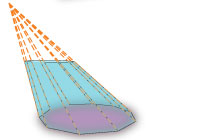 |
So if we bump up the number of sides on the cone, we begin to see that we are beginning to get a more realistic panellisation of the circle. |
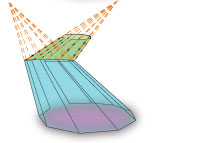 |
The top set of points can then become the bottom set of points for a new set of panels, and so on. |
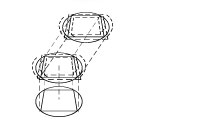 |
So in summary, if two circles are parallel, and they have the same number of points, equally spaced on their circumference, then the panels between them will be planar, regardless of the shear or scale of the circles with respect to each other. |

Sheared cones tutorial by Ben Doherty is licensed under a Creative Commons Attribution-Share Alike 2.0 UK: England & Wales License.